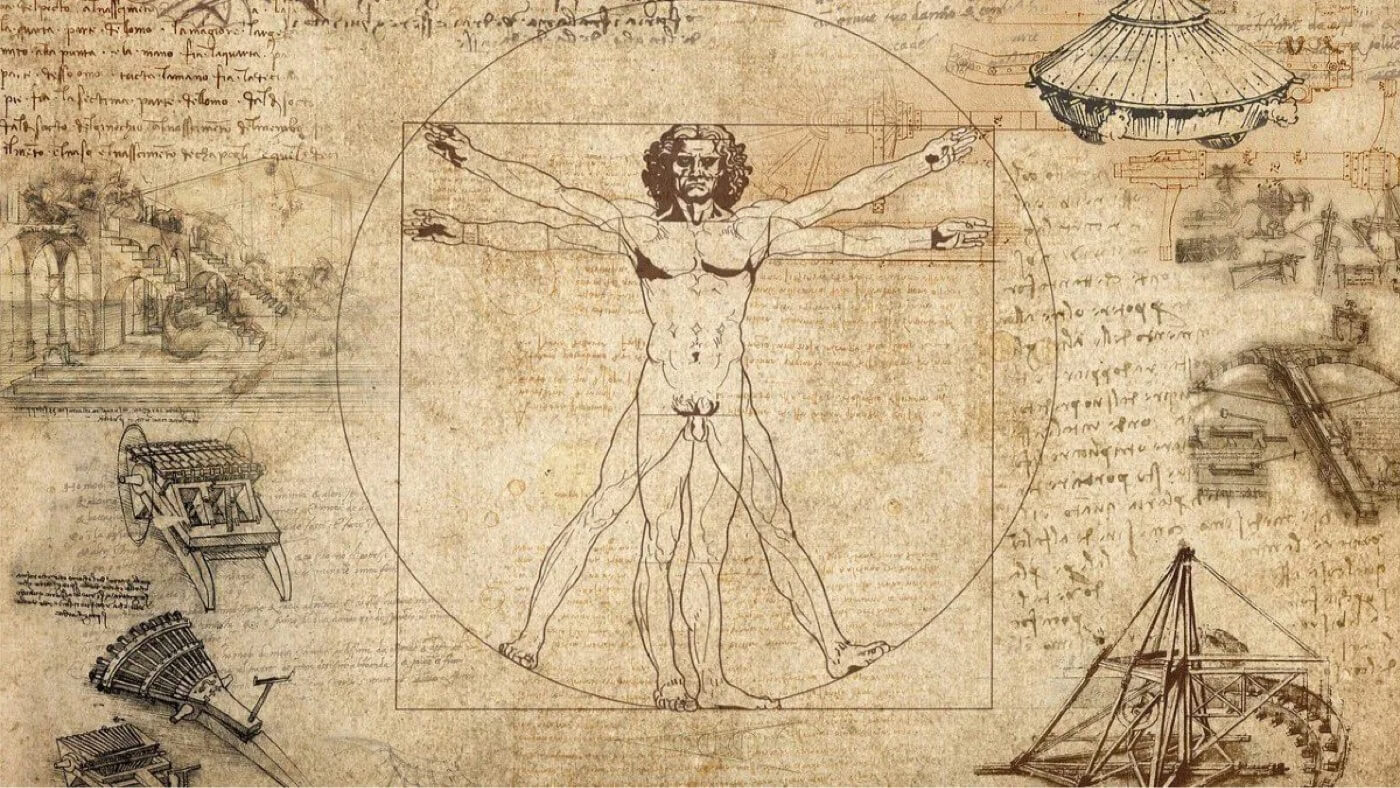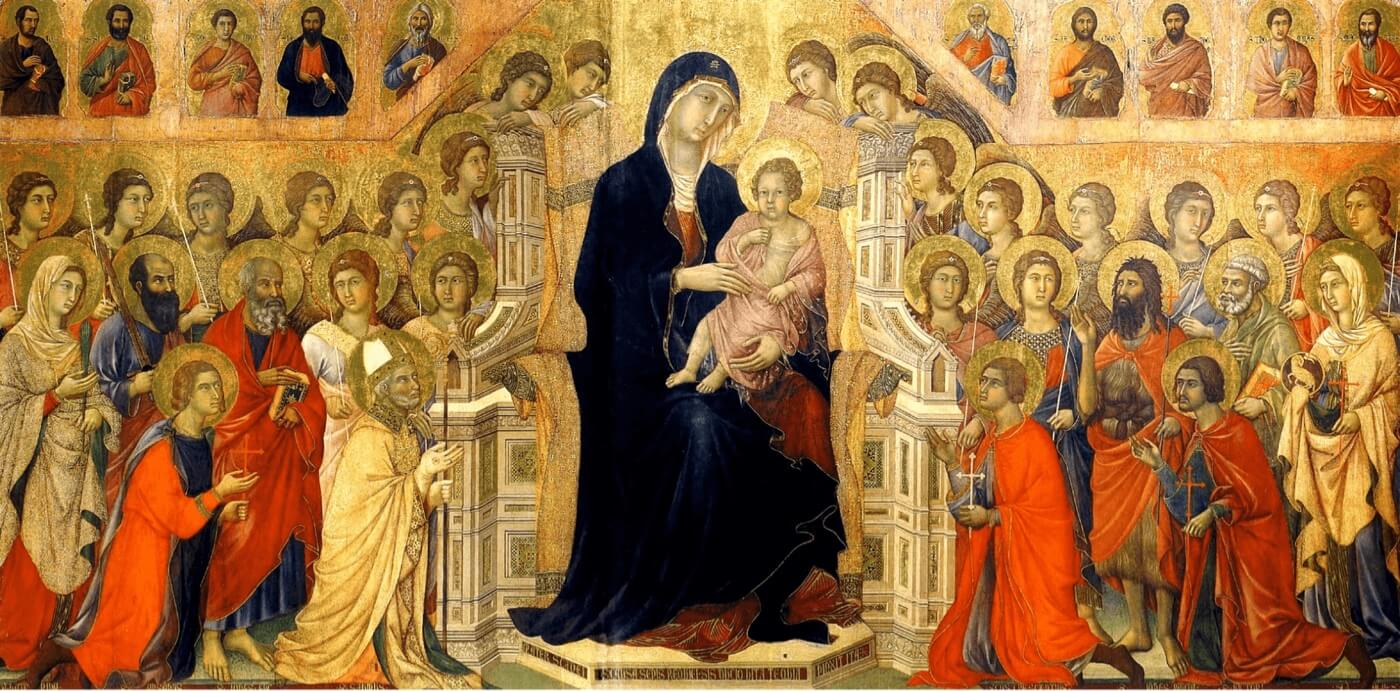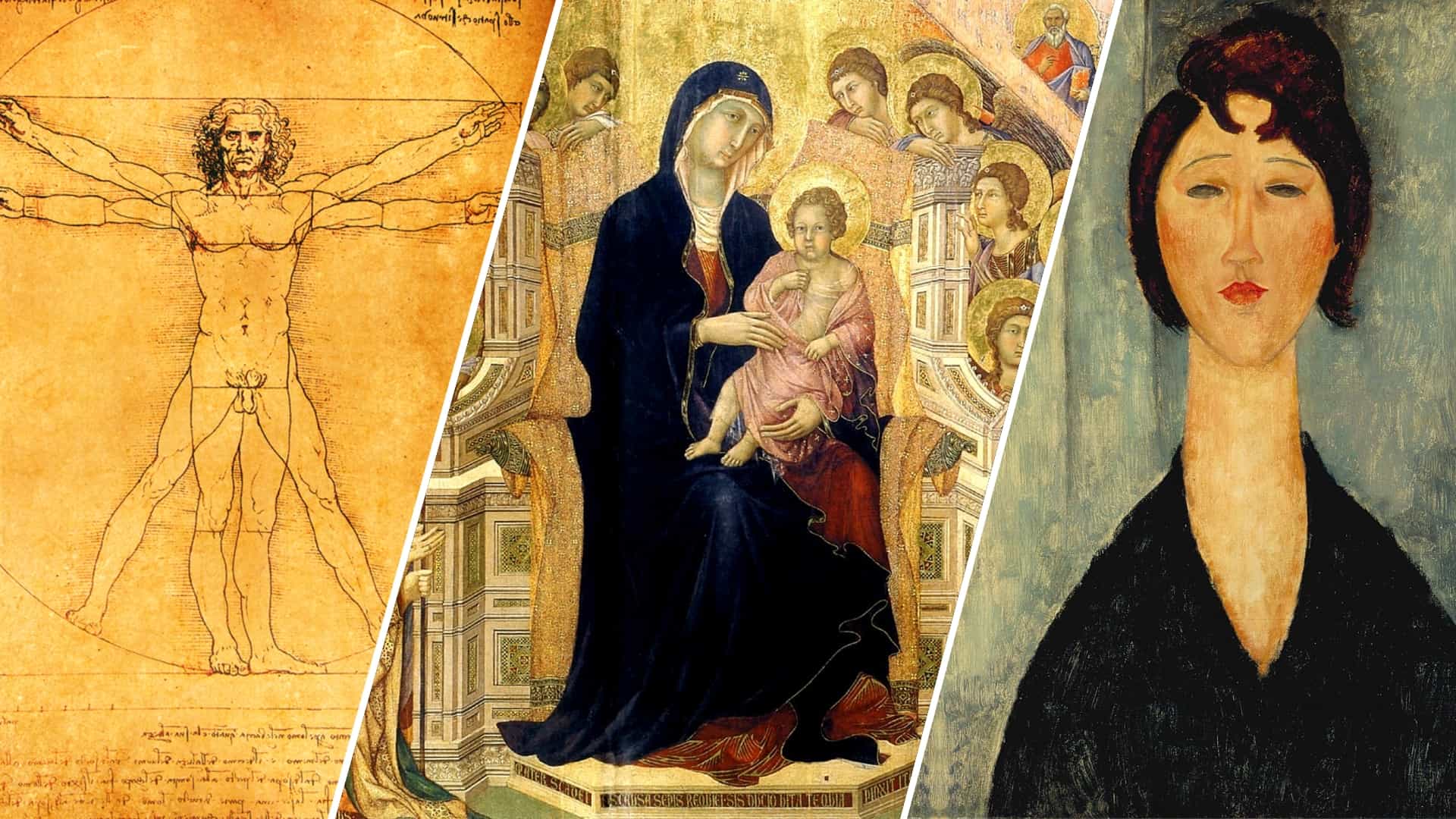Depending on an artist’s intentions, a composition can be created to appear more realistic to life or more stylized to an artist’s vision. Both, however, depend on the use of proportion. Proportion is a principle of art that is relevant to any material, medium, or style. It’s just as important to those creating hyper-realistic artwork as it is to those seeking to create abstract compositions. Let’s dive into the importance of proportion in art.
What is Proportion in Art and Composition?
First, let’s define proportion in art
Proportion is often confused with other principles of art. To distinguish it from other art principles, let’s take a look at the proportion definition in art.
PROPORTION DEFINITION IN ART
What is proportion in art?
In art, proportion refers to the relationship between the different sized components within one whole composition. Proportion can be used to make a composition appear more realistic or more stylized depending on the type of proportion used. Proportion does not refer to the overall size of a composition (scale), but rather the size of elements within the composition in relation to each other.
What is Proportion in Art Used For?
- Standard Proportion
- Altered Proportion
- Hierarchical Proportion
- Out of Proportion
What Does Proportion Mean in Art vs Scale?
Proportion vs. scale
In art, scale refers to the size of one whole object in relation to another whole object. Artists use large scale art and small scale art to create different effects on a viewer through their perception of size.
Scale, while often confused with proportion, is different. Human beings have an innate perception of size. Because human beings often use themselves as a baseline of comparison, artists use scale to create different effects through their art.
Proportion, on the other hand, is the relationship of size between various components within one whole object.
Here's a video that explains these concepts nicely.
Proportion Explained
A great example of this is Mount Rushmore. While all of the heads within the composition of the sculpture are in standard proportion to each other, the scale of the sculpture is large when compared to the viewer.

Proportion in Art Examples • Mount Rushmore
Scale and proportion often work together within a work of art. However, it’s important to understand the differences between the two.
Related Posts
What is Proportion in Art Used For?
Principles of art proportion
Proportion meaning in art cannot be distinguished by one type. It can be used purposely to create specific effects within a work art. However, it can also be used incorrectly and lead to unintentional effects. Let’s dive into the different types of proportions that exist within art.
Standard Proportion
Standard proportion refers to proportions that are created correctly when compared to proportions that exist within reality. Standard proportion is important for artists looking to create realistic compositions. Take, for example, the “Vitruvian Man” by Leonard Da Vinci. Da Vinci’s focus on standard proportion within the illustration is based on anatomical proportions from physical reality.

Proportion in Art Examples • The Vitruvian Man by Leonard Da Vinci
Altered Proportion
Altered proportion artwork refers to the manipulation of proportion to achieve a specific visual effect. Altered proportion is often used intentionally, typically to create more stylized and expressive compositions.

Young Woman, Amedeo Modigliani, 1918, oil on canvas
Hierarchical Proportion
Hierarchical proportion is the intentional use of proportion to depict a hierarchy within a composition. Hierarchical proportion denotes levels of power, status, or importance based on the proportions the artist chooses. The hierarchy created through proportions can be used to depict social classes, tell a story, or document historical facts visually.

Proportion in Art Examples • Maestà of Duccio, Siena, Italy, 1308 – 1311
Out of Proportion
Out of proportion entails one or more elements of a subject to be too large or too small in proportion to the rest of the subject. The extent to which something is out of proportion depends on the artist's choices. Sometimes artists create a severely out of proportion subject as a means of stylistic exaggeration.

Für ein Fest gemacht (Made for a Party), 1936.
An artist has many tools at their disposal that they utilize in a way that contributes to their own style. Proportion is one of these tools that can be used in various ways to shape how their art is perceived by a viewer and the story or emotion it creates within them.
Up Next
What is Scale in Art?
Like proportion, scale utilizes the manipulation of size within art to create a specific composition. While we briefly touched on scale in this article, we take a deeper dive into the compositional technique in our next article.
Up Next: Scale in Art →
Showcase your vision with elegant shot lists and storyboards.
Create robust and customizable shot lists. Upload images to make storyboards and slideshows.
